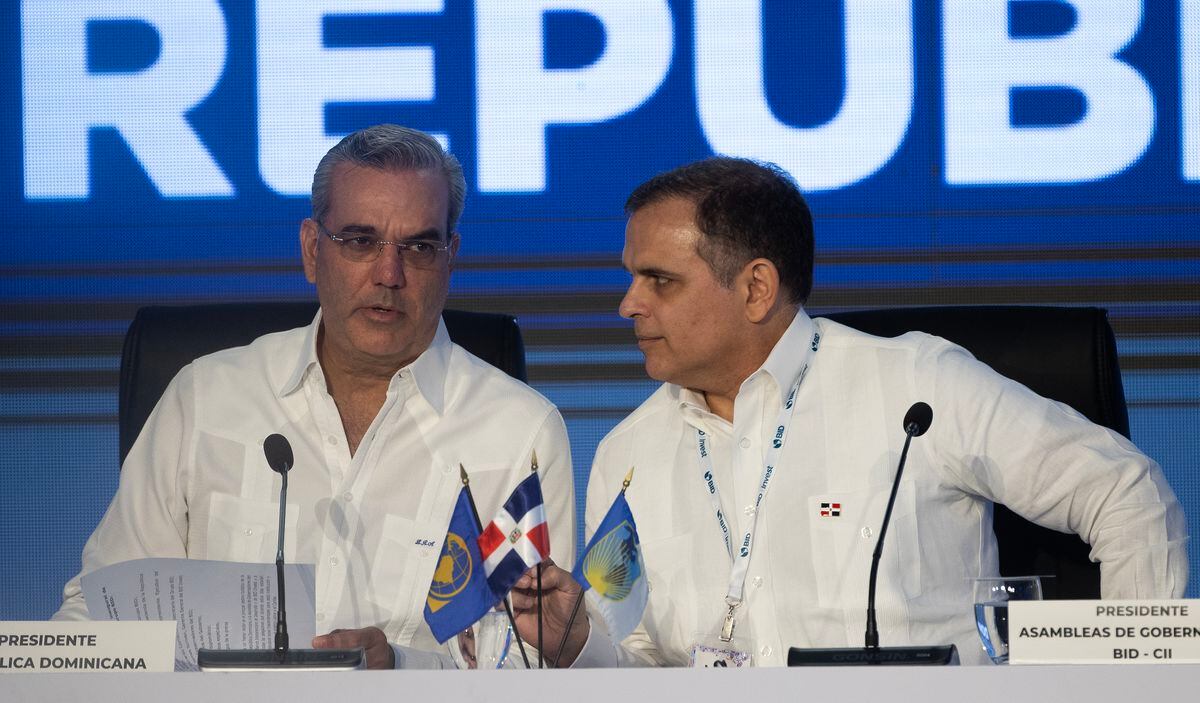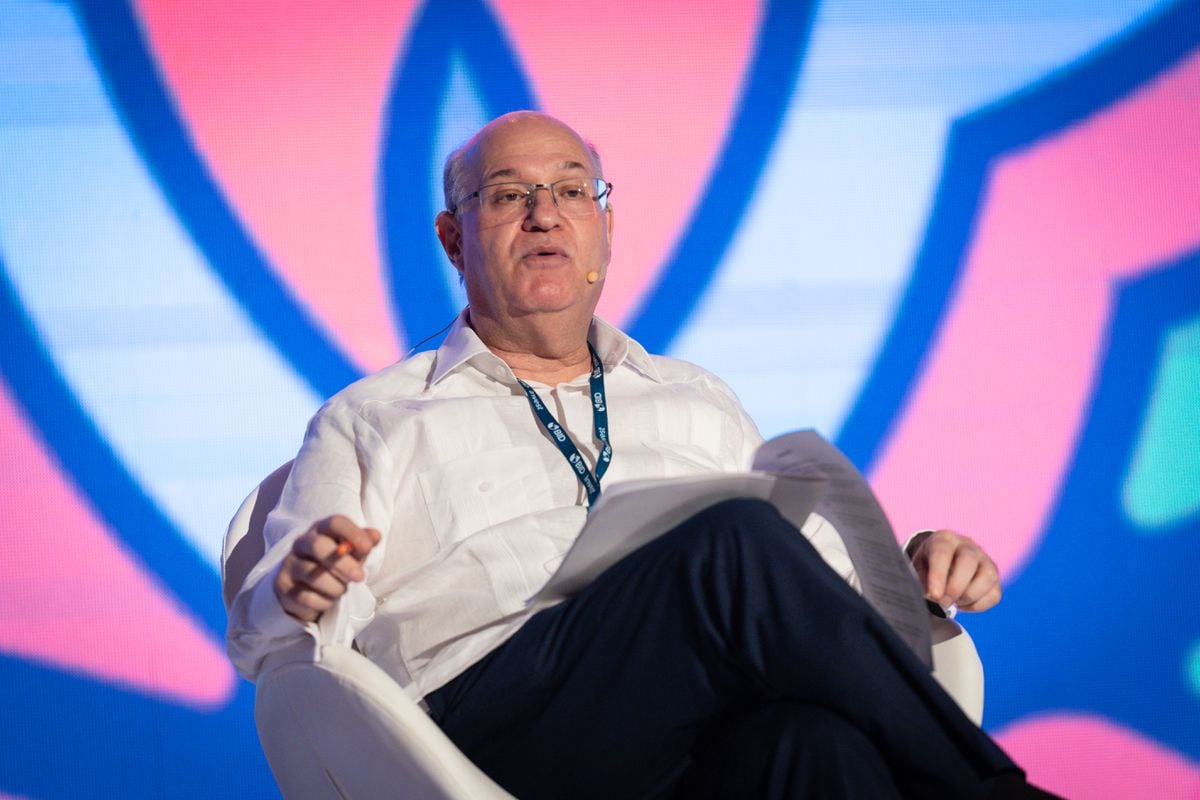EL PAÍS offers the América Futura section open for its daily and global informative contribution on sustainable development.
If you want to support our journalism, subscribe
here
.
In Latin America and the Caribbean, a mixture of technological, economic, social and political factors has been brewing for some time now, making the region a place with the right conditions to become a world benchmark for just energy transition.
The Relac (
Renewables in Latin America and the Caribbean
) initiative, with 15 signatory countries, established that by 2030, 70% of electricity consumption in the region will come from renewable energies.
A goal that is achievable.
Let's start with the tangible evidence.
According to the World Bank (2020), about 20% of the world population lives in 70 countries with excellent conditions for photovoltaics, where daily averages exceed 4.5 kilowatt hours/kilowatt peak (kWh/kWp, measures of yield and production), enough to boil about 25 liters of water.
The Latin American countries that fall into this category are Chile, Peru, Mexico and Argentina.
However, the rest of Latin America is not far behind, as they are in the range of 3.5 - 4.5 kWh/kWp.
In terms of wind power potential, Chile and Colombia lead the way.
This wealth of resources has translated into an accelerated rate of investment in the region in recent years.
In 2019, Brazil, Mexico and Chile were part of the 20 countries in the world with the highest investment in renewable energy capacity.
More recently, installed renewable energy capacity in Latin America and the Caribbean totaled 291,770 megawatts (MW) at the end of 2021, which represented a 6% increase compared to 2020. The largest installed capacity in 2021 occurred in America del Sur with 244,975 MW, representing 84% of the total installed capacity in the region.
In the last ten years, the countries with the highest growth in the generation park from renewable energy are Chile with 111%, Uruguay with 101%, Mexico with 99% and Brazil with 66%.
All this has been accompanied by advances in the regulation and roadmaps of different types of energy, such as offshore wind energy in Colombia and its recent incorporation into the World Alliance for offshore wind energy, for now being the only country in the region that is part of this Alliance.
Additionally, the current and future installed capacity of renewable energies make Latin America an area with high potential for the generation of green hydrogen.
This can be used as energy in the industrial sector, one of the most difficult to electrify, as well as in transportation and in the energization and heating of buildings.
Several countries, such as Chile, Uruguay, Paraguay, and Colombia, have already published their green hydrogen roadmaps.
These investments can help the region promote the progressive and responsible decarbonization of its economy and advance in both transitions at the same time: energy and economics.
In this sense, the just energy transition is an opportunity to align financial flows with the Paris Agreement - the most important climate treaty at the international level - including the treatment of subsidies, tax reforms, the promotion of savings and investments in clean energies.
Additionally, according to data from the International Labor Organization, if the world manages to limit the increase in global temperature to 2°C by the end of the century, it could create 15 million more net jobs in Latin America and the Caribbean by 2030, thanks to the productive changes of food and energy.
However, the rates at which the countries advance will be different, since for those that do not depend economically on the extraction of fossil fuels the process will be easier, as is the case for El Salvador, Honduras, Nicaragua, Costa Rica, Panama, Paraguay and Uruguay.
In this sense, the just energy transition is presented as an opportunity.
And although it may be simple, it does not mean that it should be done at all costs, because we cannot repeat the mistakes of the past.
According to the Environmental Justice Atlas, which maps more than 3,300 cases of socio-environmental conflicts globally, more than half of these are related to the development of infrastructure in the energy sector, as well as the extraction of minerals and hydrocarbons.
With the entry into force of the Escazú Agreement in several Latin American countries, access to participation processes and clear, true and timely information can provide more guarantees in the development of energy transition projects.
This will help to demonstrate the alignment of governments and the private sector with environmental policies that, among other benefits, allow them to access new credits.
Likewise, several countries in the region such as Guatemala, Belize, Honduras, Costa Rica, Colombia, Suriname and Chile have already included just energy transition concepts in their international climate commitments, which opens up the potential to strengthen policy frameworks at the sectoral level. .
To accelerate investment in the technology transition, work must continue on robust policies and regulatory frameworks, in particular, regulations regarding energy storage systems and grid reliability, energy efficiency policies and standards, targeted demand for green hydrogen in energy expansion plans, behavior change aimed at long-term impacts, among others.
According to the Energy Transition Index (ETI), Latin America and the Caribbean performs better than the world average in energy system performance, environmental sustainability, and capital and investment, among other aspects, and consequently is considerably better in energy infrastructure. , but these investments must be distributed in the region to reduce the disparity in the development of renewable energies between various countries.
There are still 17 million people who lack access to electricity in the region, mainly in the Central American countries, where the demand for energy is expected to continue growing in the coming decades.
This is an opportunity for the players in the clean energy value chain to focus their efforts, resources and innovative ideas on transforming our energy matrix to a cleaner and fairer one.
The transition cannot be limited only to a technological one, and must influence the way in which energy is produced and consumed today, seeking a balance between natural resources and society.
Ana María Mogollón
is an environmental engineer and senior associate in energy transition at the Transforma think tank, and
Carolina Dueñas
is a sociologist and associate in climate diplomacy at Transforma.


/cloudfront-eu-central-1.images.arcpublishing.com/prisa/IOQ5LVJEOFAEZHGFMYWVXLFURI.jpg)
/cloudfront-eu-central-1.images.arcpublishing.com/prisa/2KVLLY26ZNGK3OCBRI676KYGKA.jpg)
/cloudfront-eu-central-1.images.arcpublishing.com/prisa/67ULYPVUPVBKREGACL4UVH4JH4.jpg)




